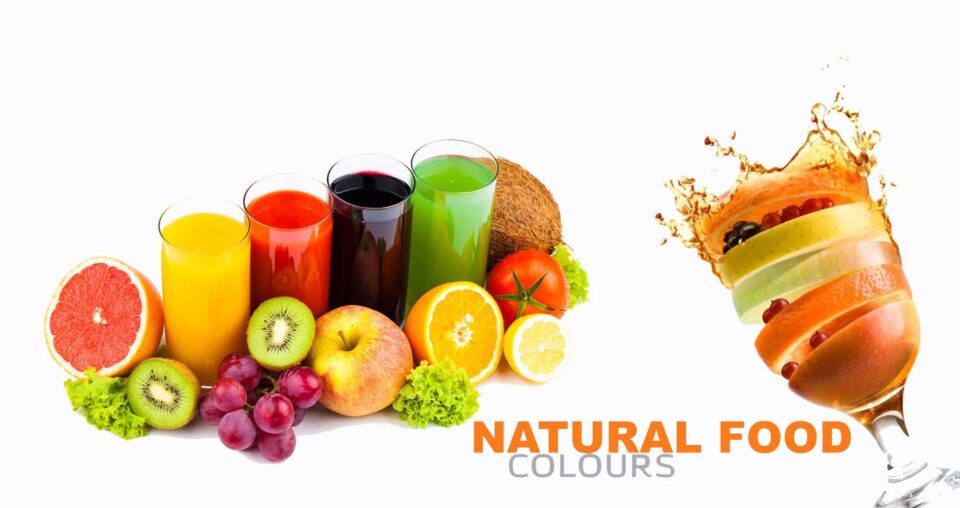IMARC Group, a leading market research company, has recently released a report titled “Natural Food Colors Market: Global Industry Trends, Share, Size, Growth, Opportunity and Forecast 2023-2028.” The study provides a detailed analysis of the industry, including the global natural food colors market size, share, trends, and growth forecasts. The report also includes competitor and regional analysis and highlights the latest advancements in the market.
How big is the natural food colors market?
The global natural food colors market size reached US$ 1.9 Billion in 2022. Looking forward, IMARC Group expects the market to reach US$ 2.7 Billion by 2028, exhibiting a growth rate (CAGR) of 6.2% during 2023-2028.
Natural food colors are additives derived from natural sources, such as vegetables, fruits, and other plant parts. They are widely used for for adding vibrant hues to beverages and food products. For instance, red, blue, and violet colors can be extracted from anthocyanins in beetroot, raspberries, and red cabbage. On the other hand, the green color can be obtained from chlorophyll present in leaves and stems, whereas yellow, orange, and red colors are made from carotenoids found in apricots, carrots, and tomatoes. They play a crucial role as additives in producing a range of food products, such as liquids, gels, gel pastes, and edible powders.
Global Natural Food Colors Market Trends:
The global natural food colors market is primarily driven by the increasing awareness about the benefits of natural food colors, such as enhancing the visual appeal and extending the shelf life of cooked and processed food products. Moreover, natural food colors are free from genetically modified organisms (GMOs) and allergens, which can help protect the body against cellular damage, chronic diseases, and the effects of aging. In line with this, the shifting consumer preferences toward natural food colors owing to the rising concerns regarding the potential health risks of synthetic colors are positively influencing the market growth. In addition, the surging adoption and consumption of clean-label products on account of their substantial health benefits and the rising demand for food free from artificial colors, preservatives, and additives have accelerated the product adoption rate.
Request your sample copy of this report: https://www.imarcgroup.com/natural-food-colors-market/requestsample
Competitive Landscape
The competitive landscape of the market has also been examined with some of the key players being Archer Daniels Midland Company, Chr. Hansen Holding A/S, Naturex SA, Sensient Technologies Corporation, FMC Corporation, Allied Biotech Corporation, DDW Inc., Kalsec Inc., and Doehler GmbH.
Insights on Market Segmentation:
Breakup by Product:
- Curcumin
- Carotenoids
- Anthocyanins
- Carmine
- Caramel
- Copper Chlorophyllin
- Others
Breakup by Form:
- Liquid
- Powder
- Gel
Breakup by Application:
- Processed Food
- Meat and Savories
- Beverages
- Baked Products
- Others
Breakup by Region
- 1. Asia Pacific
- 2. North America
- 3. Europe
- 4. Middle East and Africa
- 5. Latin America
About Us
IMARC Group is a leading market research company that offers management strategy and market research worldwide. We partner with clients in all sectors and regions to identify their highest-value opportunities, address their most critical challenges, and transform their businesses.
IMARC’s information products include major market, scientific, economic and technological developments for business leaders in pharmaceutical, industrial, and high technology organizations. Market forecasts and industry analysis for biotechnology, advanced materials, pharmaceuticals, food and beverage, travel and tourism, nanotechnology and novel processing methods are at the top of the company’s expertise.
Contact Us
IMARC Group
134 N 4th St. Brooklyn, NY 11249, USA
USA: +1-631-791-1145 | Asia: +91-120-433-0800
Email: sales@imarcgroup.com
Follow us on Twitter: @imarcglobal
LinkedIn: https://www.linkedin.com/company/imarc-group/mycompany/

